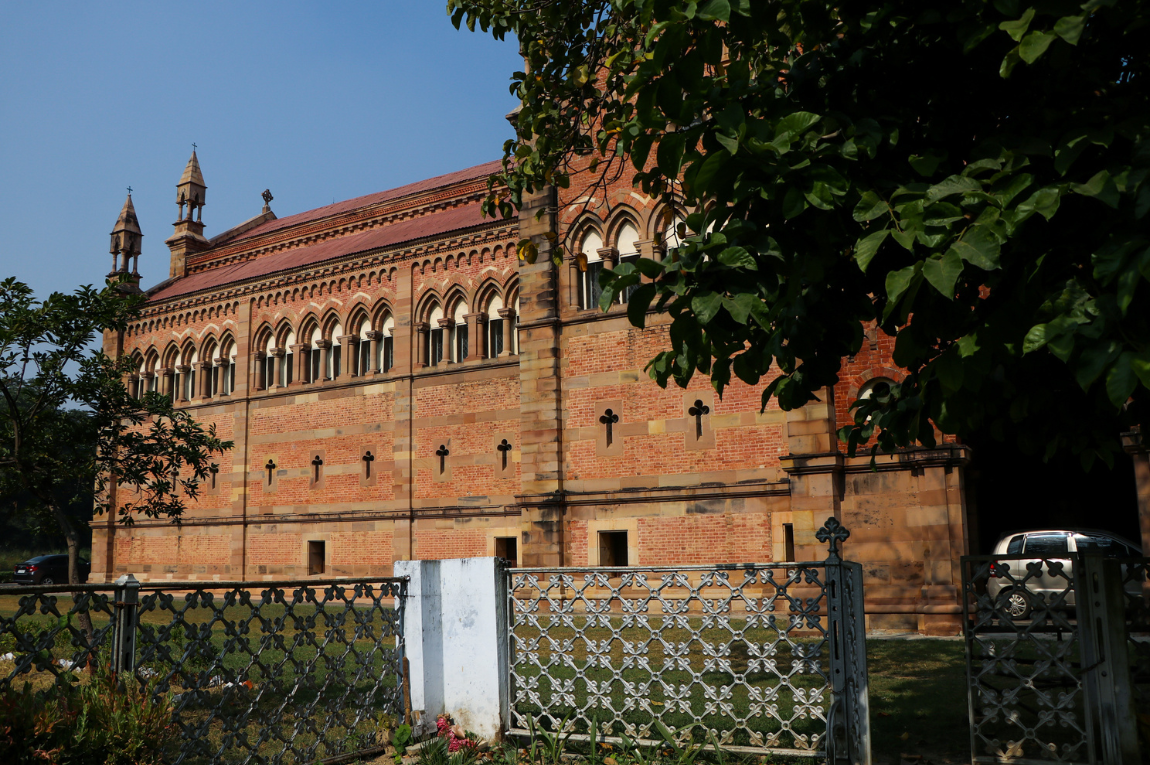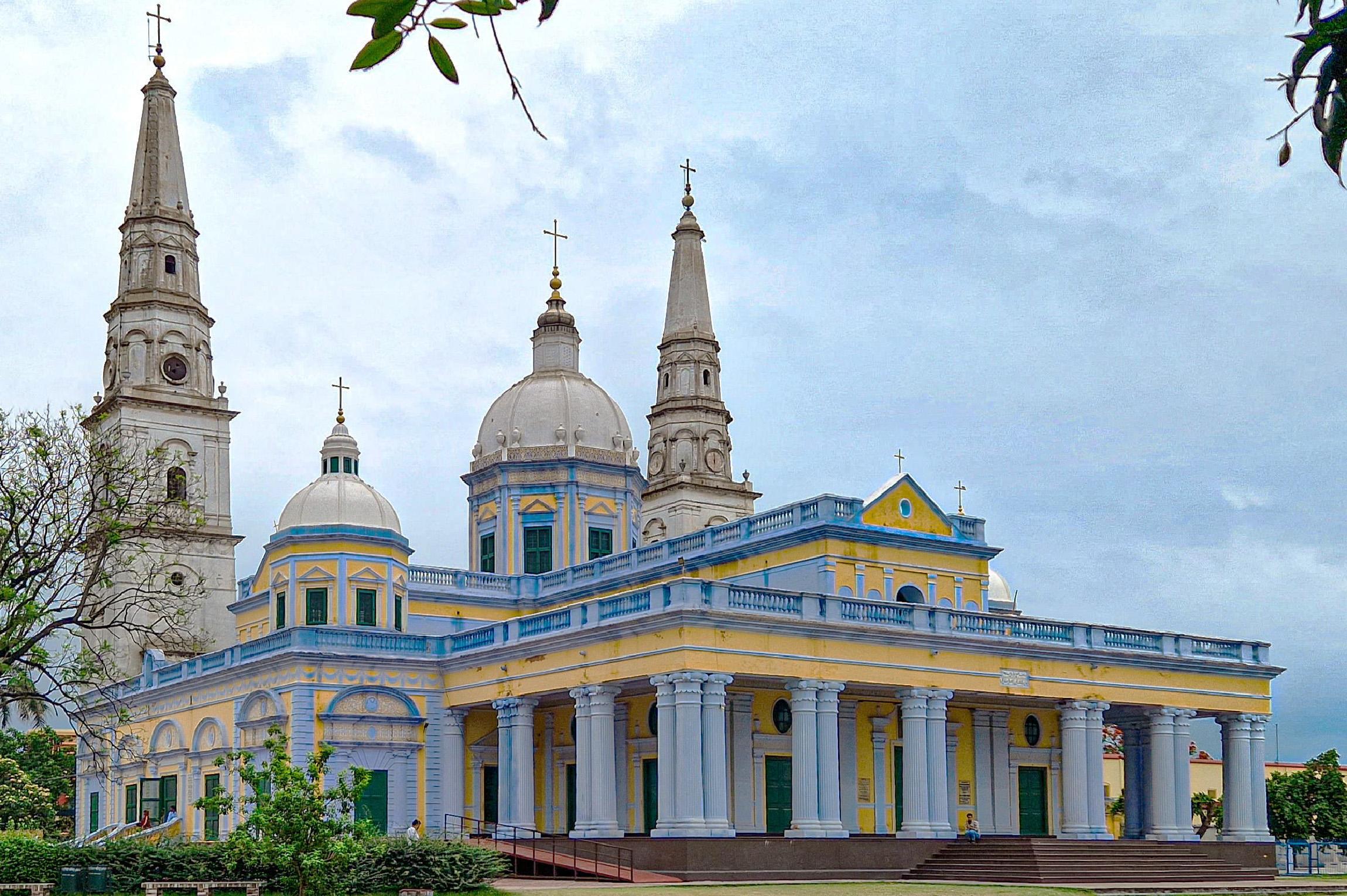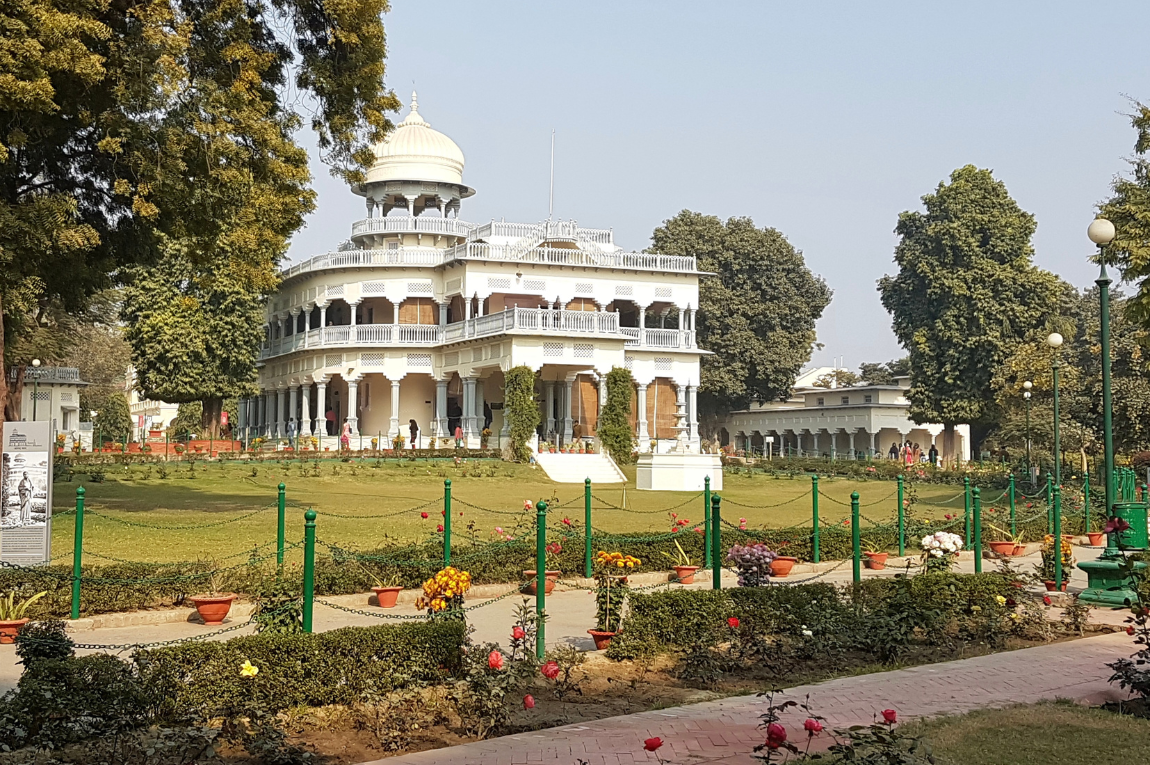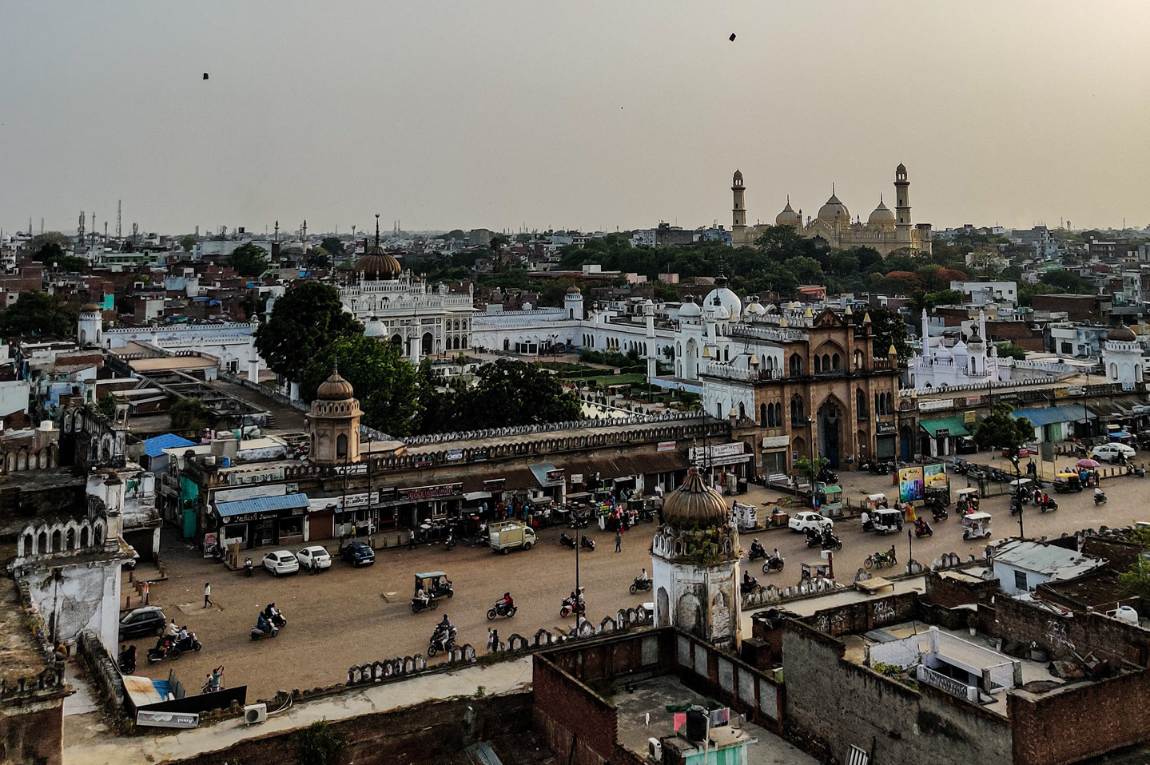Choir music filled the air on a bright Sunday afternoon in November, as I walked into the tranquil All Souls’ Memorial Church in Kanpur’s cantonment area. Inside the building, children from the Church’s 80 member-strong congregation were preparing for the upcoming Christmas celebrations.
On routine trips to my grandmother’s house in nearby Fatehpur district, I would always pass by Kanpur — never really giving it a thought. To my mind, it was not a cultural capital like Lucknow, it had no remarkable history like Meerut or a crowning monument like Agra. It was just Kanpur — full of people and tanneries.
I’d only known the city for its lacklustre appearance and notoriety, so I was more than taken by surprise when my university professor mentioned the Bibighar Massacres of Kanpur. I asked my mother, an avid history buff, if such an episode did occur. She’d never heard of it either. Kanpur’s tourism website had not spared more than a few sentences to chronicle the event. But my visit to the Church revealed that this sleepy town was, in fact, the site of a massacre fast fading in memory — the All Souls’ Memorial Church was built to commemorate that gory violence, an unavoidable incident in India’s First War of Independence.
From 6 June to 15 July 1857, the Indian Uprising was raging in Kanpur (or Cawnpore, as it was then known). The township’s British community — around 300 soldiers and 700 civilians — made their last stand at the battle entrenchments of the British soldiers, an open ground surrounded by a short mud wall. The clash between the Indians, said to have been led by Nana Saheb, of Bithoor, and the British forces led by General Hugh Wheeler, resulted in the deaths of around 350 Britishers. On 27 June 1857, around 300 British survivors of this clash, including women and children, were massacred at the Satichaura Ghat on the banks of Ganga, two kilometres from the entrenchments, while attempting an escape. Those who survived the episode at Satichaura were recaptured and shot. The women and children were imprisoned at a home called Bibighar in Cawnpore — they were subsequently massacred and their bodies dumped in a nearby well. The Church now stands on the grounds of Wheeler’s entrenchment.
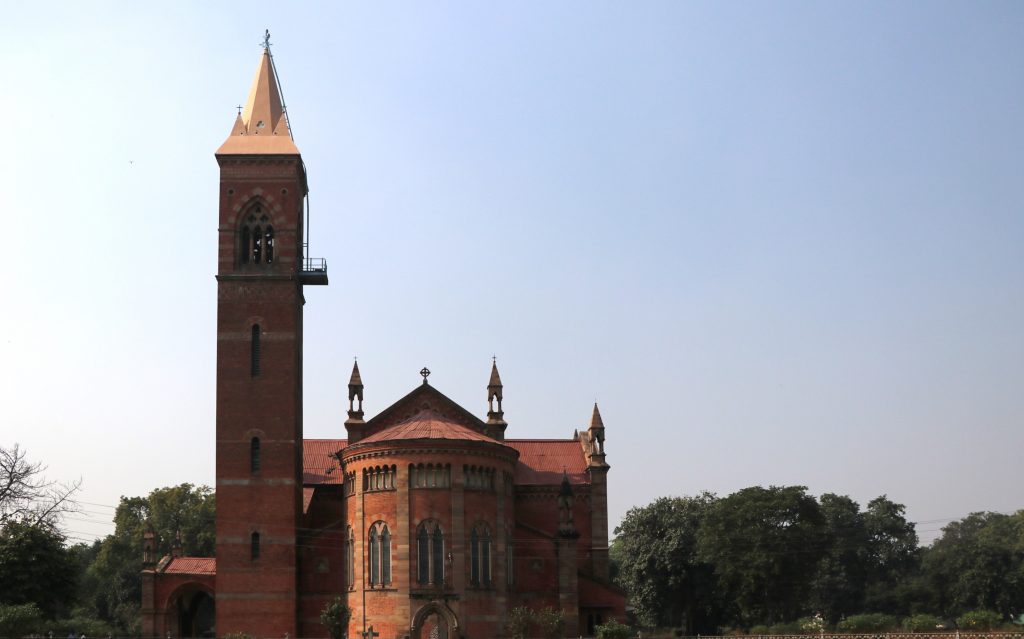
In what followed, Kanpur became an example of the power of Indian resistance and a terrifying warning for the British in the 19th century. Satichaura came to be known as Massacre Ghat, Bibighar was pulled down by the British, and the well was sealed, with a cross placed on it. The British went to great lengths to ensure that the brutal loss of lives would be remembered. In the area where Bibighar once stood, they built a landscaped Memorial Well Garden — today known as Nana Rao Park, after Nana Saheb — where they erected an ornate marble screen and a marble statue of a mourning angel, the Angel of Resurrection.
Designed by Italian-born sculptor Baron Carlo Marochetti, the colossal statue of the angel, holding palm branches in both her hands with her eyes lowered, formed the sculptural centrepiece of the Memorial. In the late 19th century, Europeans reportedly visited this shrine more often than the Taj Mahal. The sculpture stood in front of an octagonal enclosure, adorned with gothic arches, which was designed by Sir Henry Yule of the Bengal Engineers, a military engineering regiment of the British Indian Army. The statue and the screen together formed the Kanpur Memorial. After the statue was damaged slightly by a crowd on Independence Day in 1947, the entire Memorial was removed from its original location near the well and re-erected inside the church compound. The well isn’t found in Nana Rao Park anymore.
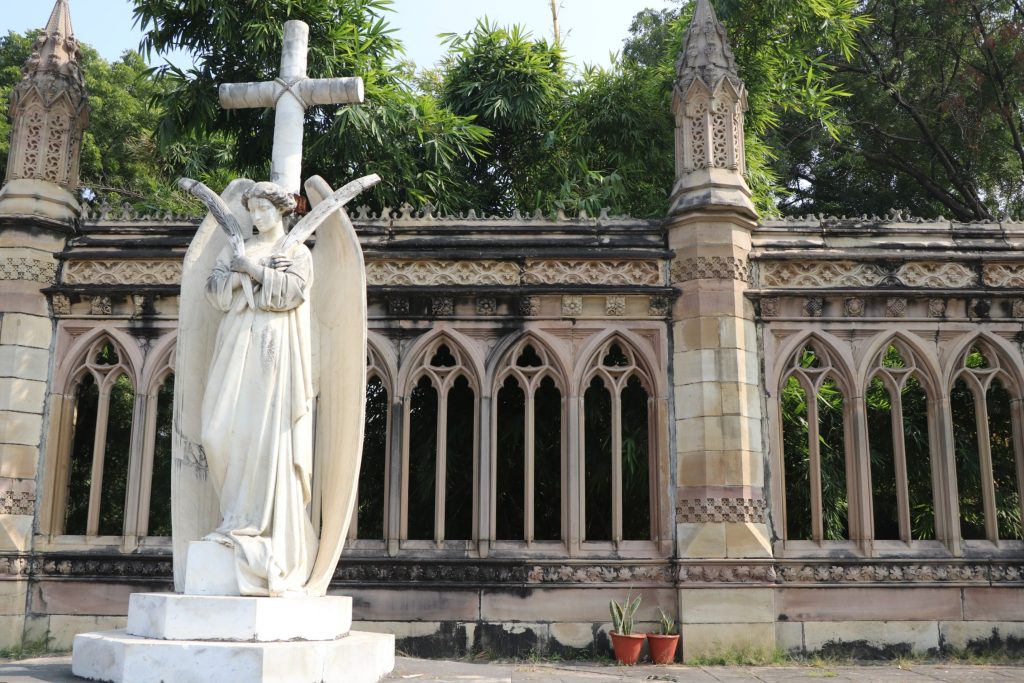
The All Souls’ Memorial Church, which was designed by Walter Granville, Consulting Architect to the Government of Bengal, in a Lombardic Gothic style and completed in 1875, stands directly in front of the Kanpur Memorial. The dilapidated ruins of Wheeler’s entrenchments can be seen today too, at the end of the churchyard. I made my way through the overgrown scrubland to stand amongst these ruins.
Today, the Church falls under the purview of the Church of North India and is open only for Service every Sunday. Seven marble tablets that line each of the side walls of the church record the names of the soldiers who fell on the same grounds between 27 June and 17 July, 1857. Some who could not find space inside lie buried in multiple graves outside the eastern wing of the building in a grim, albeit one-sided, reminder of violence and suffering.
The Siege forever changed Kanpur — in its aftermath, the British clamped down on the city. The increased presence of troops created a demand for footwear and leather goods at first, in response to which local industries were set up. Later, cotton mills sprung up to transform Kanpur into a textile hub. Eventually, between 1860 and 1920, large-scale machine-based industries established Kanpur as an industrial metropolis.
That afternoon, as I walked around Kanpur, I reflected on how a closer look at architecture can tell us a lot about parts of history that are long forgotten.
Our selection of stays across India, best visited for their design and style. Check in
Shriya Singh is a journalist and freelance writer currently based in New Delhi. She is on Twitter at @shriyasingh29.
